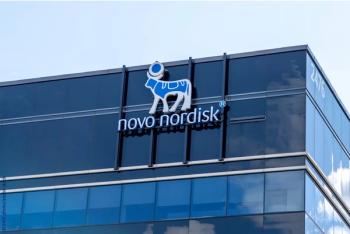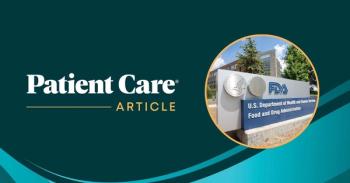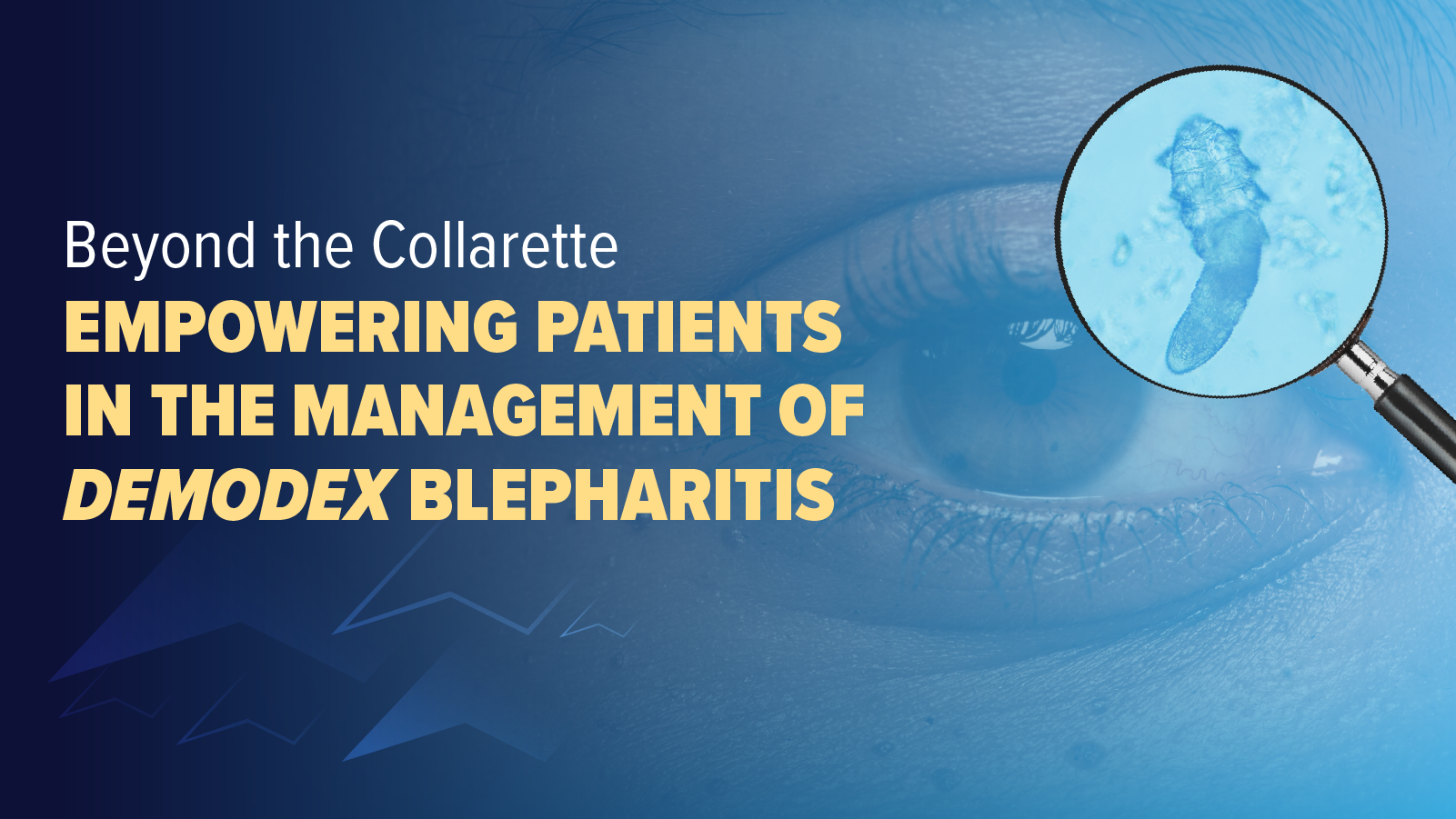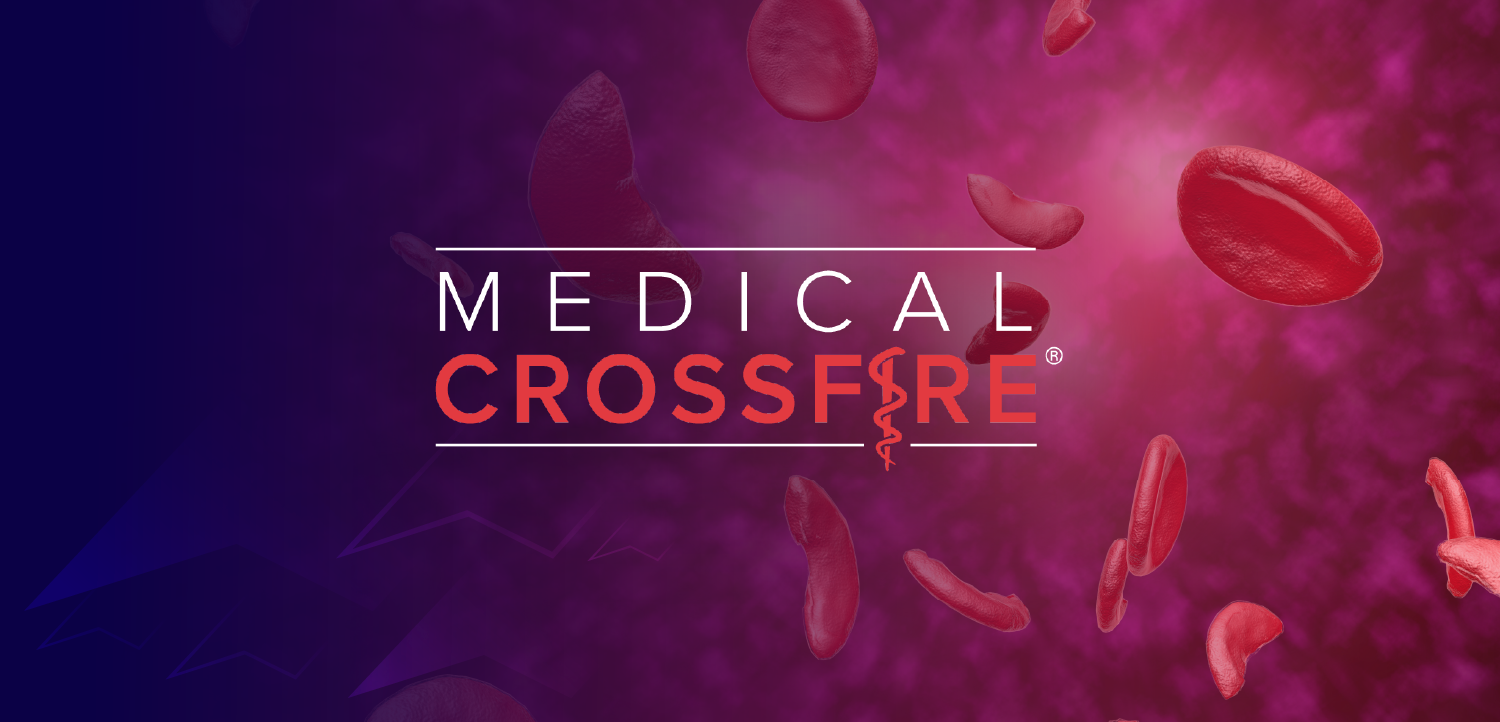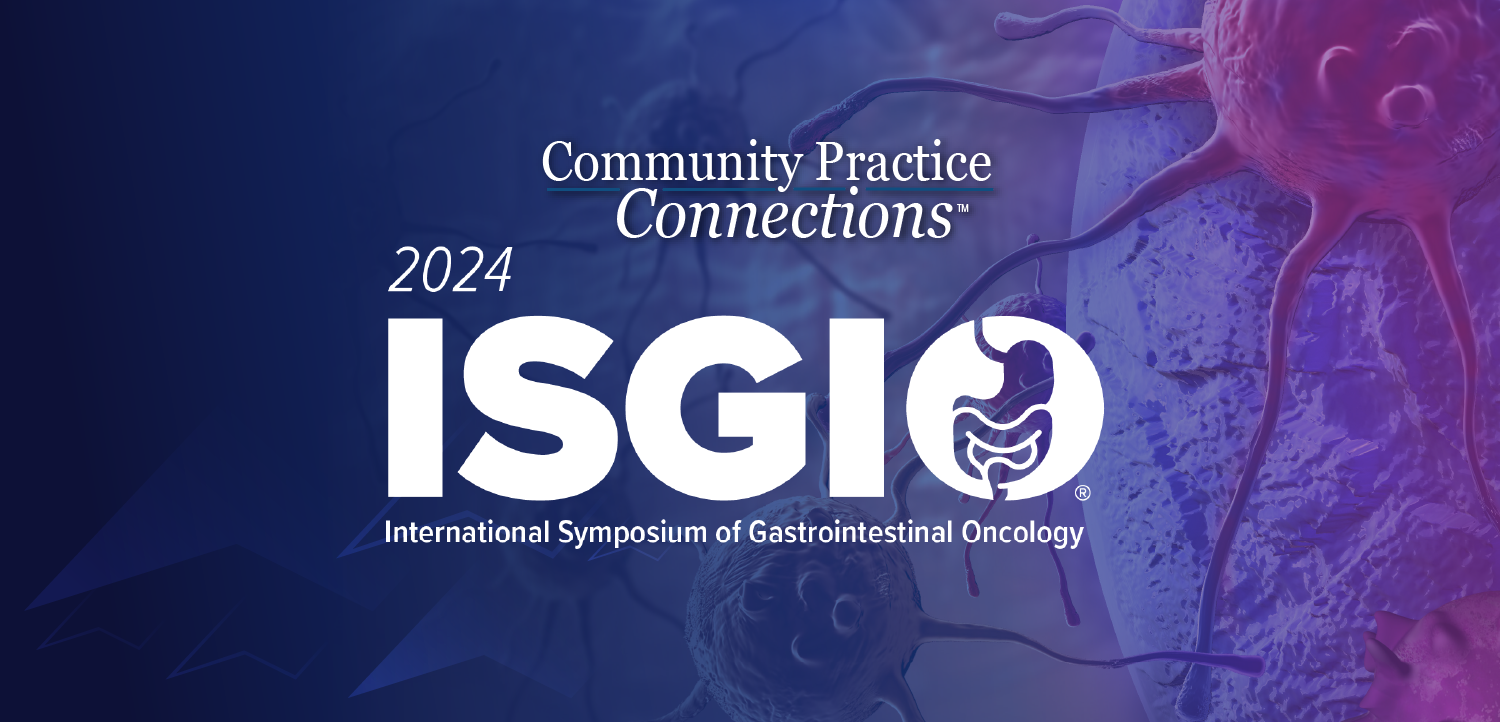
Head-To-Head Trial Shows Dynavax’s Z-1018 Rivals Shingrix for Efficacy and Tolerability
Z-1018, which combines a glycoprotein E (gE) antigen and proprietary adjuvant, was evaluated in adults aged 50 to 69 and the 100 µg dose will advance to part 2 of the trial.
Dynavax Technologies reported topline data from part 1 of its randomized, head-to-head phase 1/2 trial comparing the company's investigational
The observer-blinded, active-controlled study enrolled healthy adults aged 50 to 69 years and tested multiple dose levels and adjuvant formulations against the
At one month after the second dose, Z-1018 demonstrated a 100.0% humoral vaccine response rate at the 100 µg dose selected for advanced study, compared with 96.9% for Shingrix. Researchers reported cellular immune response rates of 89.7% for Z-1018 and 93.5% for Shingrix, for composite vaccine response rates of 89.7% and 90.3%, respectively.
Geometric mean concentrations of anti-gE antibodies reached 73.8 IU/mL (95% CI, 59.4–91.7) in the selected Z-1018 formulation, compared with 71.7 IU/mL (95% CI, 58.7–87.5) for Shingrix.
"These positive data mark an important inflection point for our novel shingles vaccine program as we strive to develop a product with a potential best-in-class profile..." Ryan Spencer, CEO of Dynavax said in a statement. “We met our goal for this study, as the results show immune responses comparable to Shingrix, along with a favorable tolerability profile, and provide the basis for selecting the dose and regimen to advance into further development," he said
Tolerability of Z-1018 was superior to that observed for Shingrix, according to Dynavax. At the 100 µg gE antigen dose with CpG 1018 plus alum and an 8-week dosing interval, 12.5% of participants reported grade 2 or 3 local post-injection reactions (PIRs) and 27.5% reported systemic PIRs, versus 52.6% and 63.2% for Shingrix. The safety monitoring committee has identified no safety concerns in the ongoing blinded study, the company stated.
“Based on these findings, plans are underway to initiate part 2 of the phase 1/2 trial in the 70 and older population, an opportunity to further de-risk this program ahead of Phase 3 development,” Spencer said.
Part 1 of the trial evaluated 3 antigen dose levels (50 µg, 100 µg, 200 µg), 2 adjuvant formulations (CpG 1018 alone or CpG 1018 plus alum), and 2 dosing intervals (8 or 12 weeks). Vaccine response rates were defined as greater than 4-fold increases in anti-gE IgG concentrations and greater than 2-fold increases in gE-specific CD4⁺ T-cell frequency, with composite response requiring both antibody and cellular thresholds.
In the US, 1 of every 3 individuals will develop shingles at least once in their lifetime, according to the CDC. Risk for reactivation of the dormant varicella-zoster virus increases with age and immunosenescence and is higher among adults with immunocompromise.
“We are very encouraged by the magnitude and consistency of the immune responses observed, particularly the robust CD4⁺ T cell activity for Z-1018 compared to Shingrix,” Robert Janssen, MD, Dynavax chief medical officer, said. “Shingles is a painful disease driven by cellular immune decline with age. A vaccine that provides a strong immune response alongside favorable tolerability, compared to the current standard of care, could provide an important new option for protection against this debilitating disease.”
Based on these findings, Dynavax has selected the 100 µg gE antigen dose with the company's proprietary adjuvant system, CpG 1018, plus alum, and an 8-week dosing interval, for advancement into part 2 of the phase 1/2 trial. This stage will evaluate the 2 vaccines in adults aged 70 years and older and is expected to commence during the second half of 2025.
References
Dynavax announces positive topline 1/2 results supporting potential best-in-class shingles vaccine profile. News release. Dynavax. August 21, 2025. Accessed August 22, 2025. https://investors.dynavax.com/news-releases/news-release-details/dynavax-announces-positive-topline-phase-12-results-supporting
Clinical overview of shingles (herpes zoster). Centers for Disease Control and Prevention. Updated June 27, 2024. Accessed August 22, 2025.https://www.cdc.gov/shingles/hcp/clinical-overview/index.html
Newsletter
Enhance your clinical practice with the Patient Care newsletter, offering the latest evidence-based guidelines, diagnostic insights, and treatment strategies for primary care physicians.


